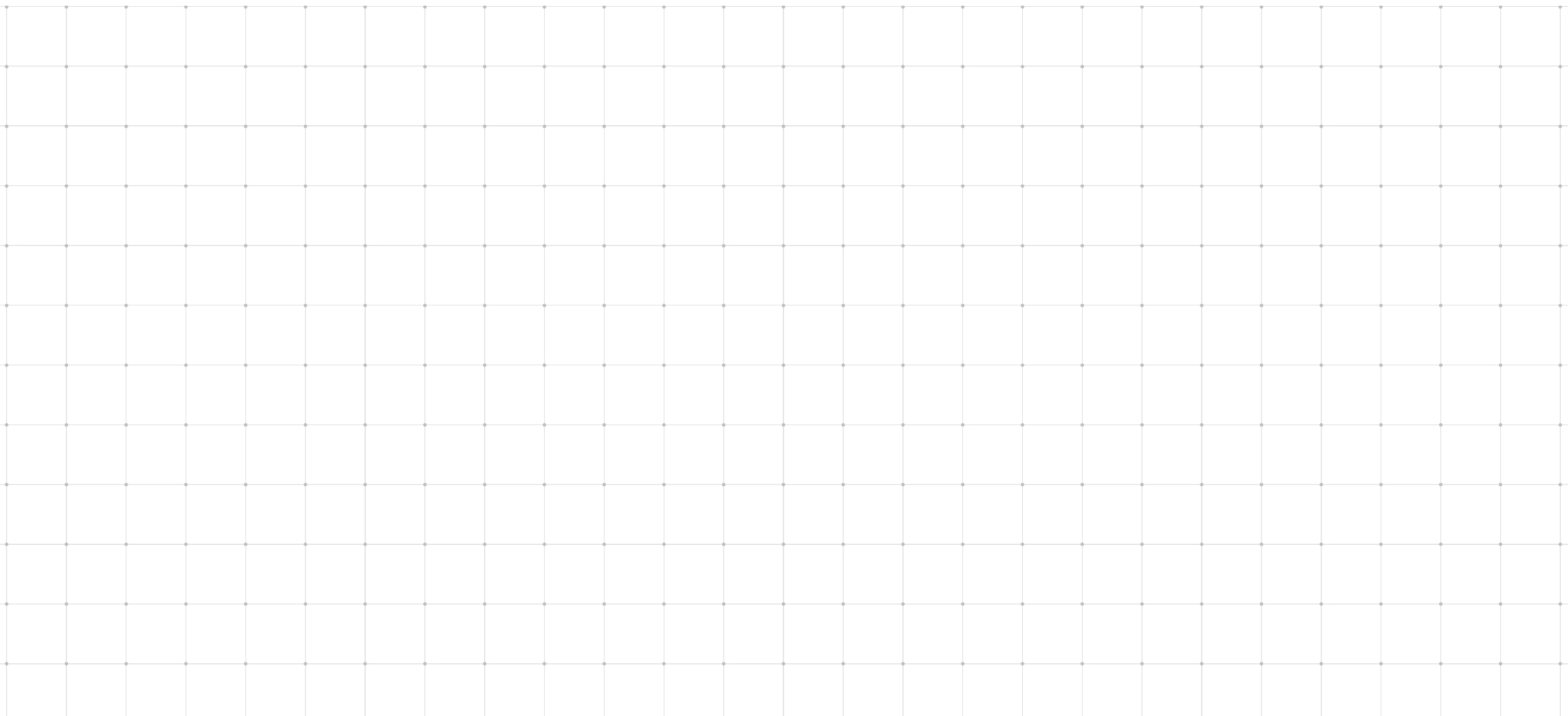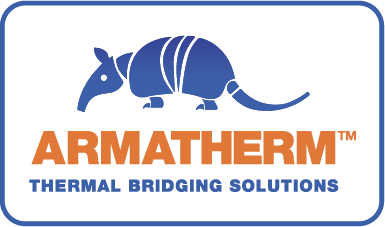
Why Continuous Insulation Is Critical for Energy Efficiency
Energy conservation in buildings is dependent on well fitting, continuous insulation. Poorly fitting or breaches in the insulation coverage result in energy losses that could be avoided. Thermal bridges at exposed structural areas sap the energy from the building by conduction where steel or concrete bridge the from inside to outside.
How Armatherm Addresses Structural Thermal Bridging
At Armatherm we concentrate on the structural thermal bridging bypasses that happen at specific areas of a building. We supply insulating materials that carry structural loads and mitigate the energy losses in these challenging areas. We provide answers to challenging building envelope questions that until recently were overlooked.
Understanding U-Values and Energy Loss
Heating and cooling transfer efficiency or thermal transmittances, referred to as the U-value of a structure’s assembly, is used to measure the loss of heat in a building.
Designing for Efficiency with Structural Thermal Breaks
Because energy was once plentiful and cheap, and because environmental concerns were not yet recognized, building design and construction did not focus on energy efficiency. We now understand we can build better, safe and efficient buildings that are comfortable and durable and have a lower environmental impact. Technology has made it possible for us to recognize, measure, and address areas of significant unwanted energy transfer through thermal bridging. Structural thermal breaks, with low conductivity, can be designed into areas of high heat and cold transfer especially at steel beams, balconies, brick shelves, parapets, and other transition areas of buildings.
The Role of 3D Thermal Modeling in Identifying Heat Loss
With the introduction of 3D thermal modeling, thermal bridges can be easily identified , and changes can be made to mitigate the impact these heat loss areas have on the design. Thermal modeling can target areas of weak insulation and changes can be made early in the process. Structural thermal break material can be introduced to these critical areas and permanently improve efficiency.
Using 3D thermal modeling, a wide range of applications which initiate heat loss come to light. The following assemblies can make up more than half of the heat loss within an entire building!
What are the missing links in continuous insulation?
- Structural Steel Beams
Internal steel beams extend through building envelope floor slabs in traditional steel framed builds. Cantilevered steel beams, entry ways, shading devices, HVAC towers and signage often breach the insulation layer. Thermal bridges also occur at the base of steel columns in low temperature buildings such as cold storage or freezer rooms where the temperature difference is large. Armatherm 500 series of ultra high density, high strength polyurethane pads can create a thermal break bushing and hold up tons of weight. The 500 Series is available in several densities and R-Values.
- Balconies and canopies
These are the most common interface details for structural framing, typically connected to slab edges or spandrel beams on the interior side of the thermal envelope, passing through insulation and air barrier layers.
The U- value of a wall assembly can be reduced by as much as 60% due to thermal bridging at balcony and canopy connections.
- Brick shelves
Brick shelves where steel angles are bolted back to the steel structure can be insulated with structural FRR pads that can hold the weight and are 150 times less conductive than steel.
Heat loss occurs at wall transitions and at the foundation perimeter, reducing the exterior wall’s effective U- value, especially when there are non-continuous insulation details present.
- Cladding attachment and Continuous Insulation
Cladding attachment and continuous insulation has been installed on steel z girts for years. But steel z girts short circuit the effectiveness of the insulation because of the steel’s conductivity. Pultruded Armatherm fiberglass FRP Z Girts are a great substitute because the installation method is exactly the same as steel z girts but they improve the efficiency of the wall assembly by 75%!
Armatherm’s Range of Thermal Break Solutions
Armatherm provides a wide range of targeted products which improve overall energy efficiency performance. We’re a leading supplier of structural thermal break materials for the construction industry.
Our thermal break solutions can be used almost anywhere that a penetration exists in the building envelope. This effectively reduces heat loss at areas such as balcony, canopy, parapet, masonry shelf angles and cladding connections.
Let Armatherm help you design the appropriate thermal break into your project and help you meet your energy efficiency goals and satisfy strict code requirements.
Get in touch with us to get in touch and improve your continuous insulation.
